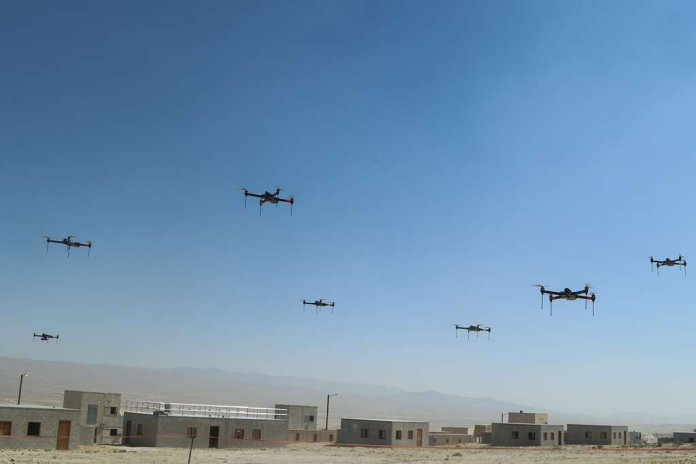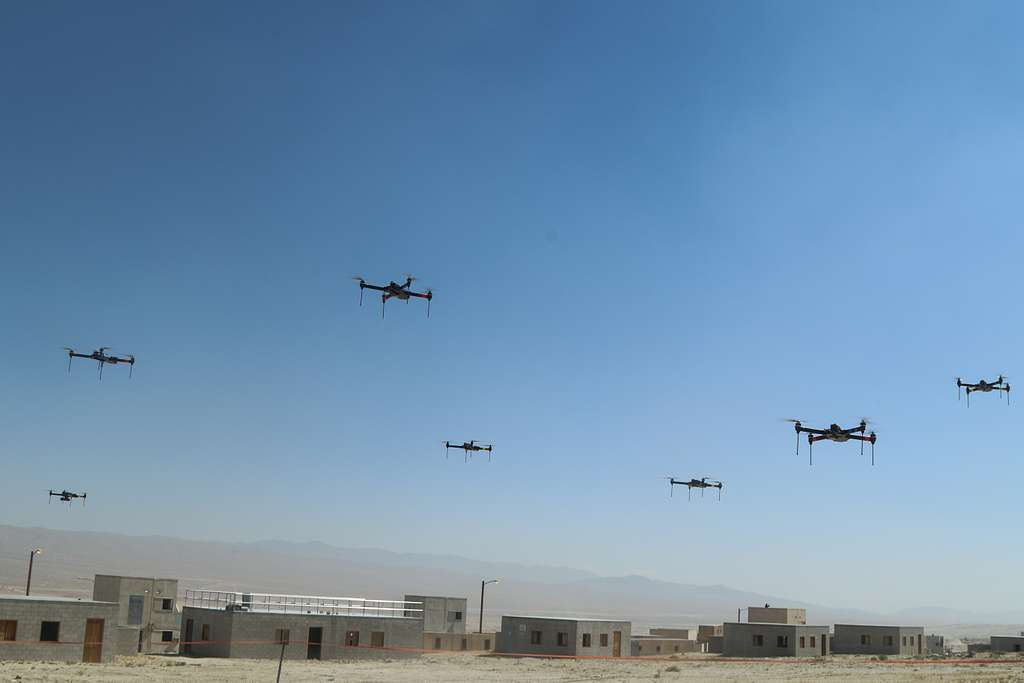
What if the future of war is determined not by tanks, but by the distant buzz of drones flying overhead on the battlefield? In May 2025, Ukrainian drone pilots with the Ivan Franko Group carried out a daring assault on a Russian armored recovery convoy far behind the lines a feat that was not only filmed on video, but has since been used as a case study in the new art of drone warfare. The event, though dramatic in nature, provides a glimpse into the evolving balance of power between armor and airbots, and the increasing sophistication of open-source intelligence (OSINT) in contemporary warfare.
For defense strategists and military technology observers, the operation is not a tactical vignette; it’s a microcosm of the technological, doctrinal, and logistical complexities that characterize twenty-first-century battlefields. The subsequent analysis deconstructs the most interesting conclusions derived from the Ukrainian attack and its context, underlining the interplay of drones, armored recovery vehicles, OSINT, and the incessant rhythm of adaptation on either side.
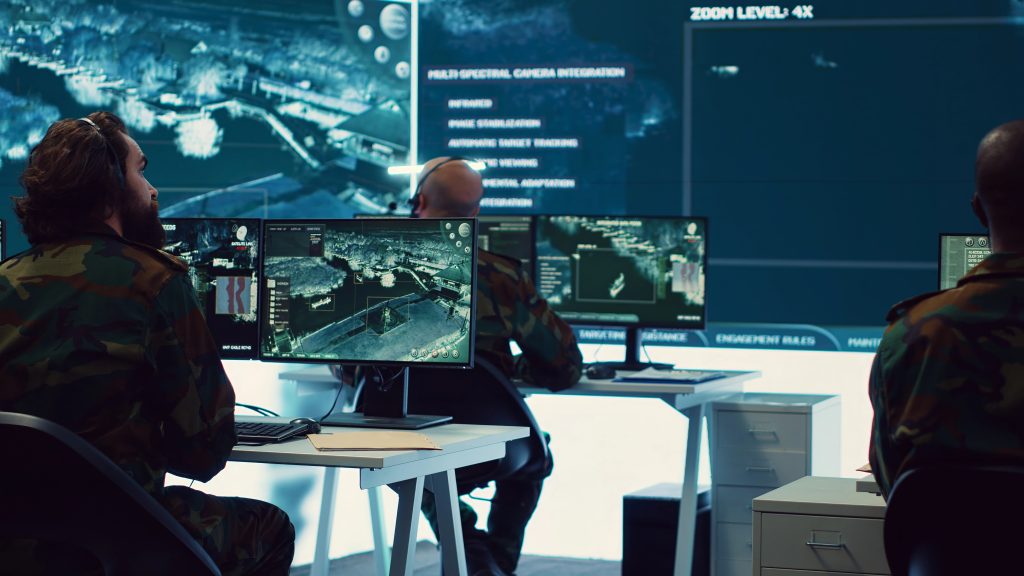
1. Ivan Franko Group’s Deep Strike: A Tactical Turning Point
Working deep behind Russian lines, Ukrainian pilots in the Ivan Franko Group spotted a Russian Armored Recovery Vehicle (BREM) trying to recover a destroyed tank. The recovery operation, an ordinary but critical aspect of armored combat, was turned into a target of opportunity. Ukrainian operators held off until the BREM stopped moving, then they staged a series of drone strikes, with each strike systematically filmed from various angles, combat footage reports.
The attack did not stop with one. A series of drones no fewer than four attacked the vehicle as it attempted to flee, highlighting the determination and accuracy achievable with unmanned systems. The Ivan Franko Group subsequently announced that the BREM was destroyed, saying, “We continue to demilitarize Russia by all available means,” and that other vehicles were also damaged during the operation. Whereas the video leaves one uncertain of the ultimate fate of the BREM, the psychological and logistical effect was undeniable.
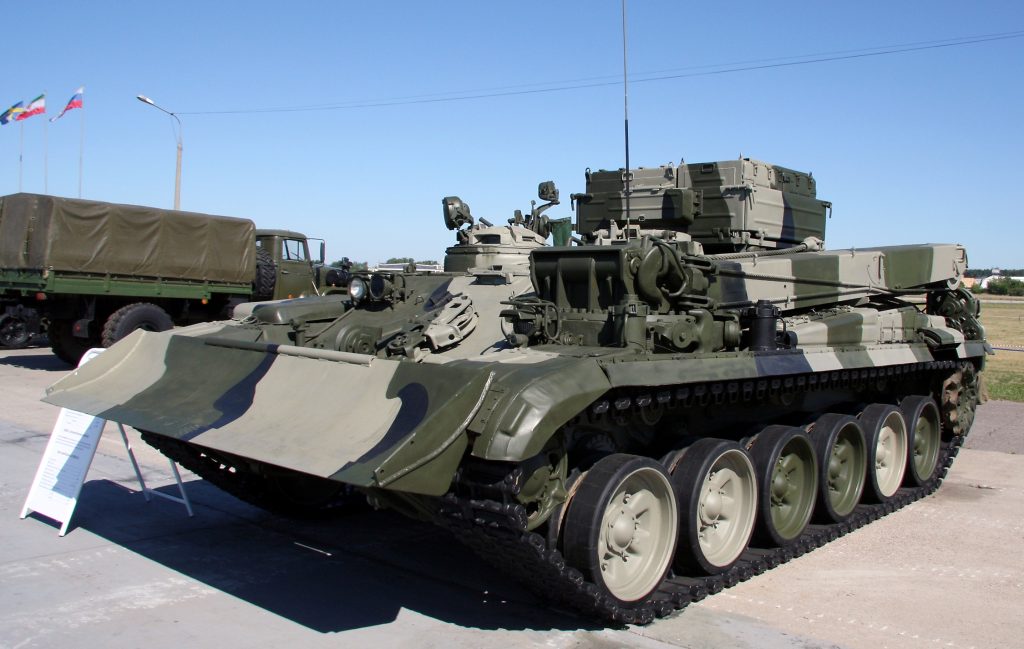
2. The Vulnerability of Armored Recovery Operations
Armored recovery vehicles such as the BREM are the unheralded workhorses of mechanized warfare, responsible for towing disabled tanks from the battlefield. However, as demonstrated in Ukraine, such operations are increasingly dangerous. Russian tactical groups customarily have only a single BREM-1 heavy and a single BREM-2 light in the field, a proportion that overextends recovery crews on deep operations. On being pushed back well beyond friendly lines, recovery teams find themselves in the twin danger of Partisan attack and hostile drones and are frequently forced to leave behind important equipment.
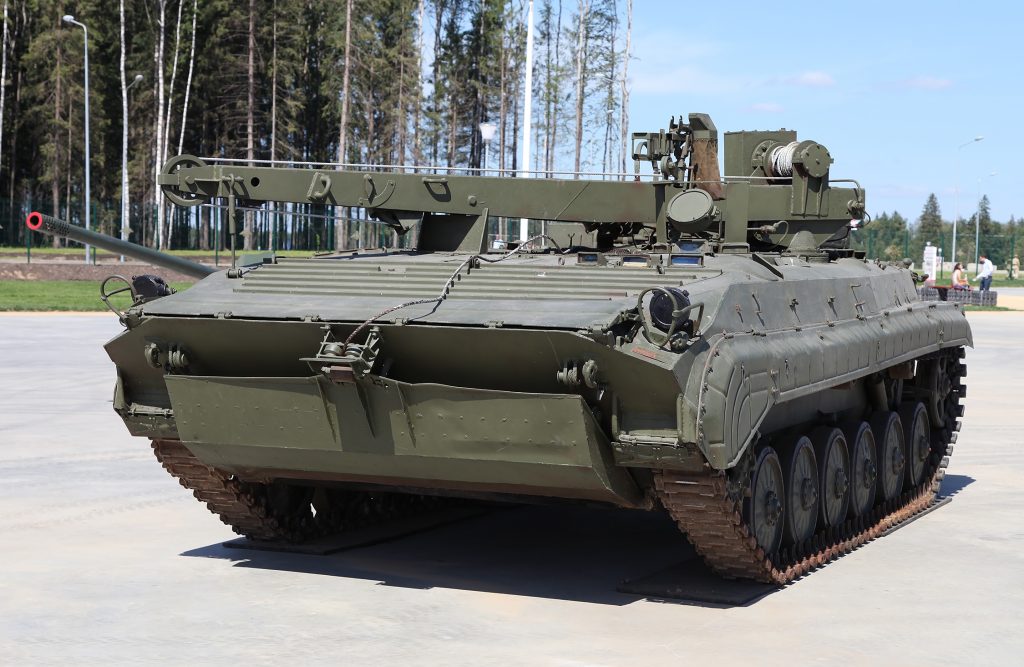
Loss of a recovery vehicle can incapacitate a unit’s capacity to rebuild combat capability, particularly when every tank matters. As pointed out by field reports, the lack of proper recovery assets has resulted in leaving behind both vehicles and crews, a logistical failure with knock-on impacts on operational tempo.
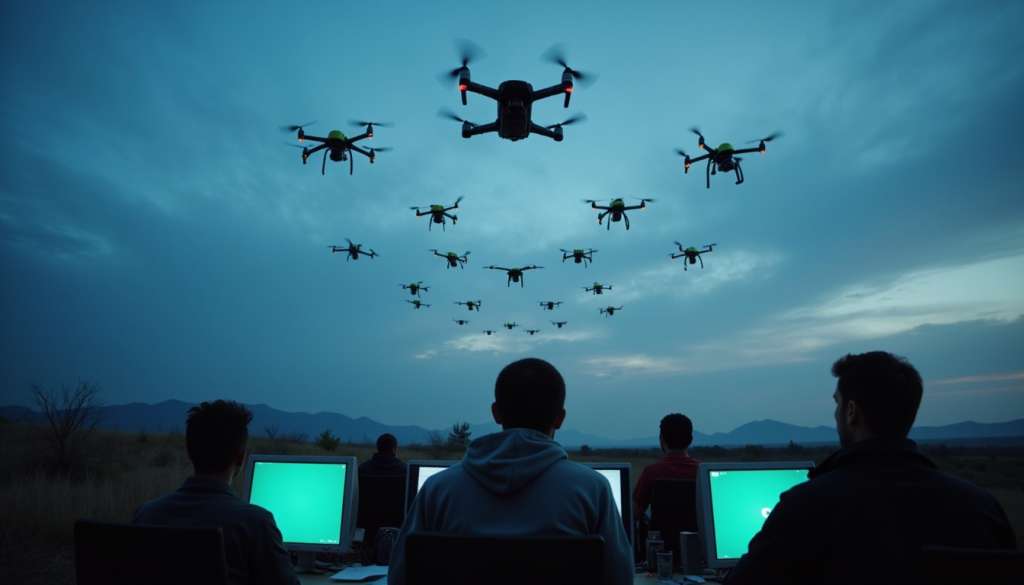
3. Drone Tactics: From Attrition to Maneuver
Ukrainian drones have gone from tactical irritants to force multipliers. The attack by the Ivan Franko Group shows a wider trend: drones are no longer used only for harassment or surveillance they are now instruments for isolating, targeting, and disarming critical battlefield targets. As military historians Antonio Salinas and Mark Askew claim, “Drones are set to do for twenty-first-century warfare what tanks achieved in the twentieth century if employed effectively at the operational level.”
The capacity to execute coordinated groups of drone strikes, overwhelm defenses, and pursue relocating targets is changing the very nature of maneuver warfare. The Ukrainian campaign illustrates how drones can take advantage of transitory weaknesses, attacking when armored vehicles are most vulnerable during recovery, resupply, or travel instead of in fixed defensive positions.
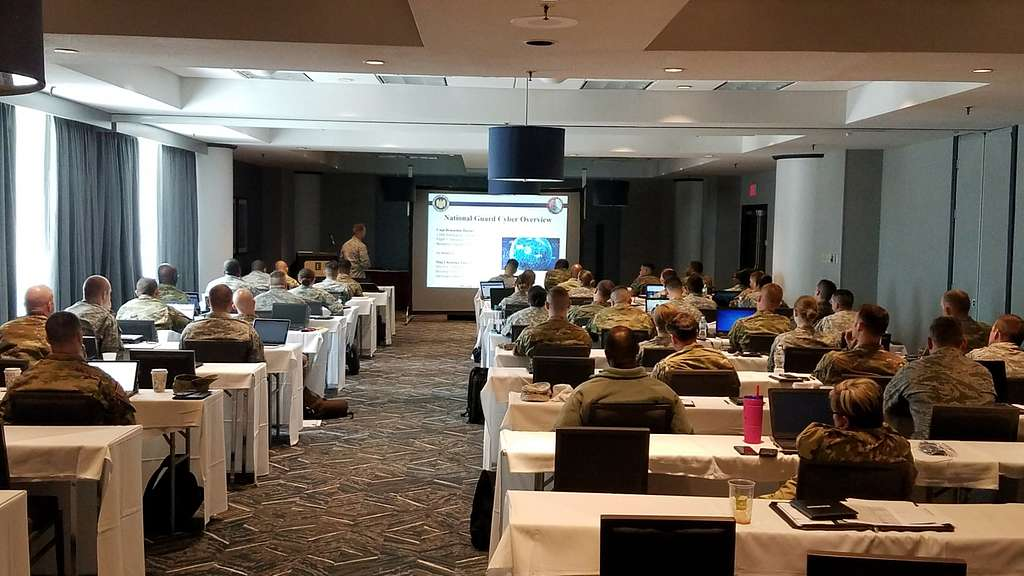
4. OSINT and the Power of Open-Source Verification
The Ukrainian attack was not merely a combat incident; it was an information operation that was global in scope. The Ivan Franko Group utilization of combat imagery, transmitted through Telegram and verified by independent analysts, underscores the increasing value of OSINT for corroborating battlefield assertions. Sites such as Oryx have catalogued more than 100 visually confirmed BREM-1 Russian losses as of August 2025, based solely on open-source images and videos.
This openness has a two-way effect: it influences international views of the conflict and creates instantaneous feedback loops for the military planners. As an OSINT analyst points out, “The capability to rapidly gather, analyze and convert open information into target designations, insight into enemy intentions and the foundation for information and psychological operations is the new reality of combat intelligence support.”
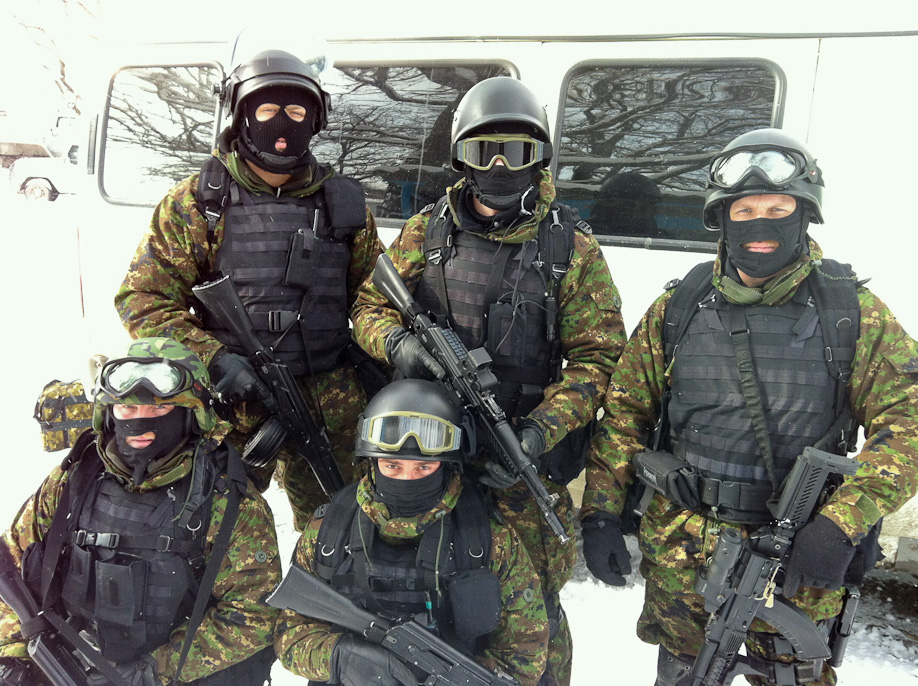
5. The Logistics of Repair and Recovery Under Fire
The conflict in Ukraine has revealed the logistical vulnerability of Russian and Ukrainian armored forces. With repair facilities in the rear areas repeatedly hit by long-range attacks, both sides have had to improvise. Ukrainian repair teams commonly work in concealed urban locations, and Russian forces employ mobile repair bases and use cannibalization removing parts from wrecked vehicles to maintain others.
Recovery missions now require not just technical skill, but tactical acumen.
As the Ivan Franko Group’s attack demonstrates, any attempt to recover or repair equipment within drone range risks turning a logistical task into a deadly ambush. This dynamic has forced both armies to rethink the timing, security, and even the necessity of recovery operations in contested zones.
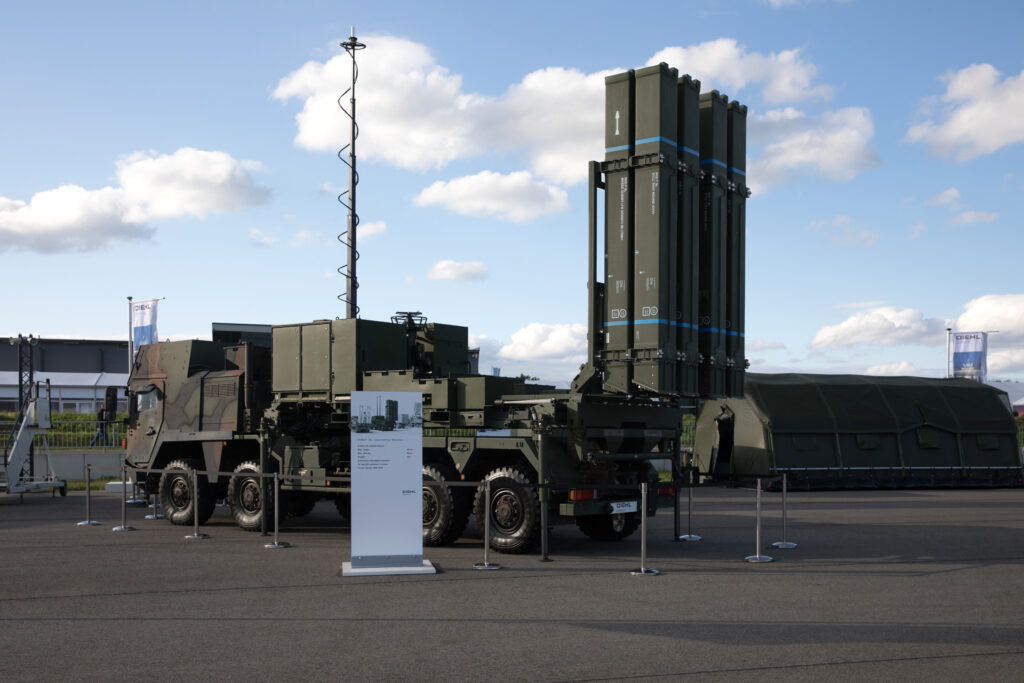
6. The Age of Drone Swarms and Saturation Attacks
The Ukrainian attack is just one piece of a greater trend: the growth of massed drone saturation strategy. Russia and Iran have developed the art of swamping defenses with an avalanche of cheap drones, sometimes sending hundreds at once into the skies to drain interceptors and air defense personnel. Even the most sophisticated systems are stumped when confronted with sheer numbers, and the cost-exchange rate only grows in favor of the attacker.
This change is compelling the world’s militaries to search for less expensive, more durable countermeasures interceptor drones, electronic warfare, and even directed energy weapons although none have yet emerged as a silver bullet. The lesson is unmistakable: quantity has a quality all its own in the age of drones.
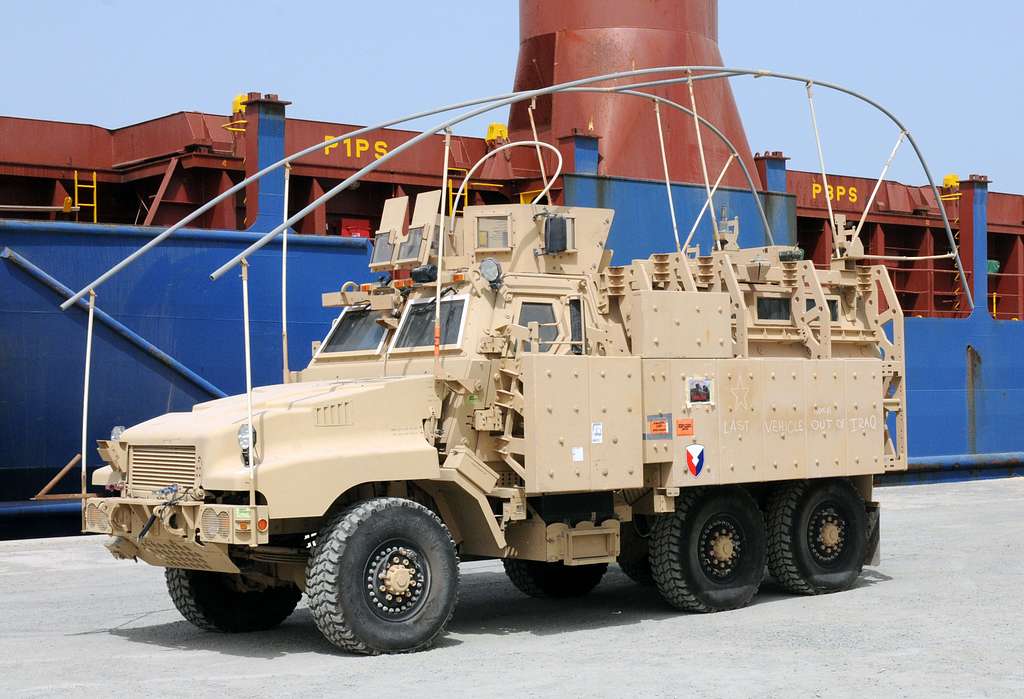
7. The Battle for Doctrine: From Tactical Strikes to Operational Breakthroughs
Though Ivan Franko Group’s mission was a tactical triumph, its real value is in what it means for the future. The challenge now is to incorporate drone tactics into a wider operational strategy one that can do not merely attrition, but winning breakthroughs. What Ukraine has witnessed, the potential of drones can only be achieved when they are integrated into combined arms operations, able to isolate, disrupt, and shatter enemy forces by mass.
The military that first succeeds in this integration, merging drones with armored, mechanized, and infantry forces in an organic operational doctrine, will revolutionize the art of warfare. As the buzz of drones over the trenches becomes ever louder, the time frame for adaptation is shrinking and the price of failure has never been greater.
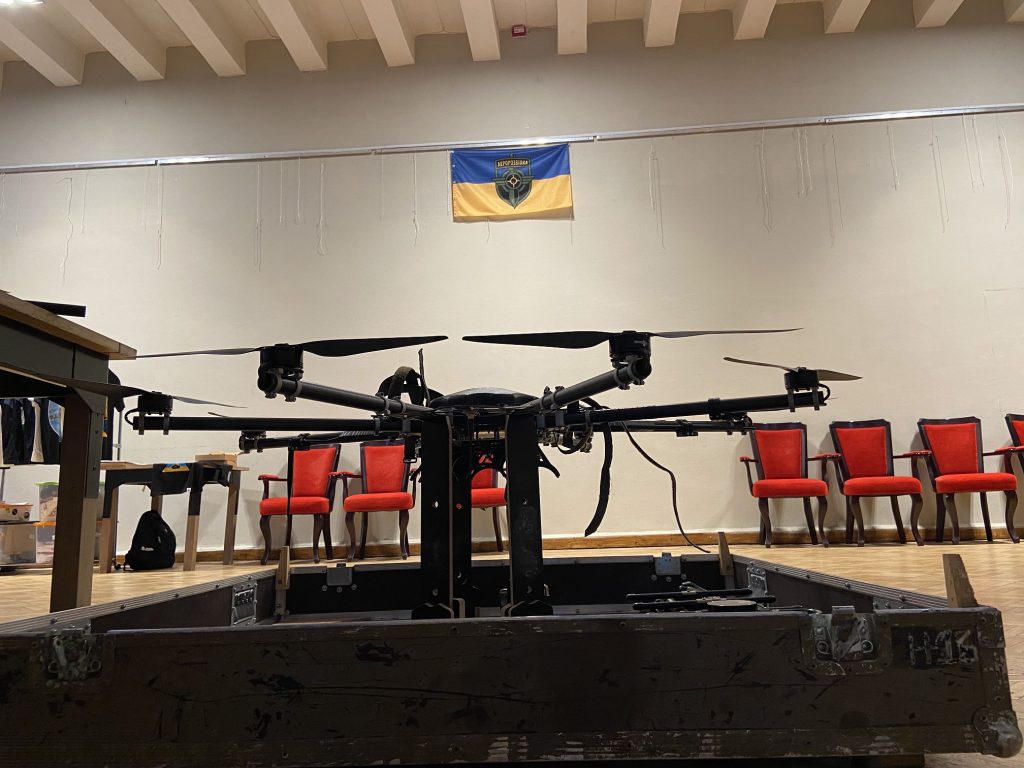
The Ukrainian drone attack deep behind enemy lines is a one-time incident it is a prelude signal to the future of warfare. For defense hawks and strategists, the messages are unmistakable: drones are changing not only tactics, but the very psychology and logistics of armored warfare. With technology, doctrine, and open-source intelligence all coming together, the next winning war may not be won by the faction possessing the most tanks, but by the one that best responds to the never-ending innovation of the drone era.
